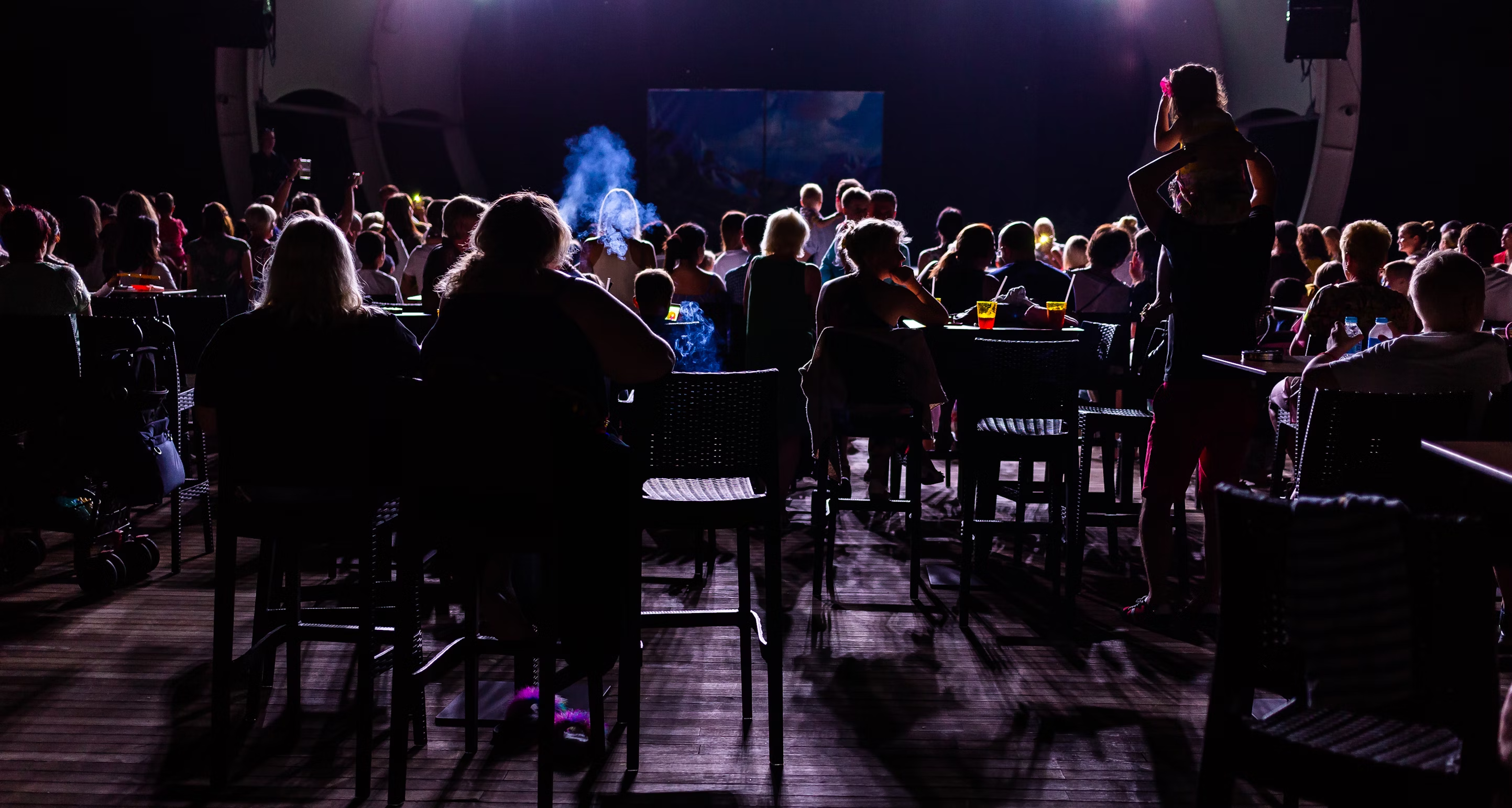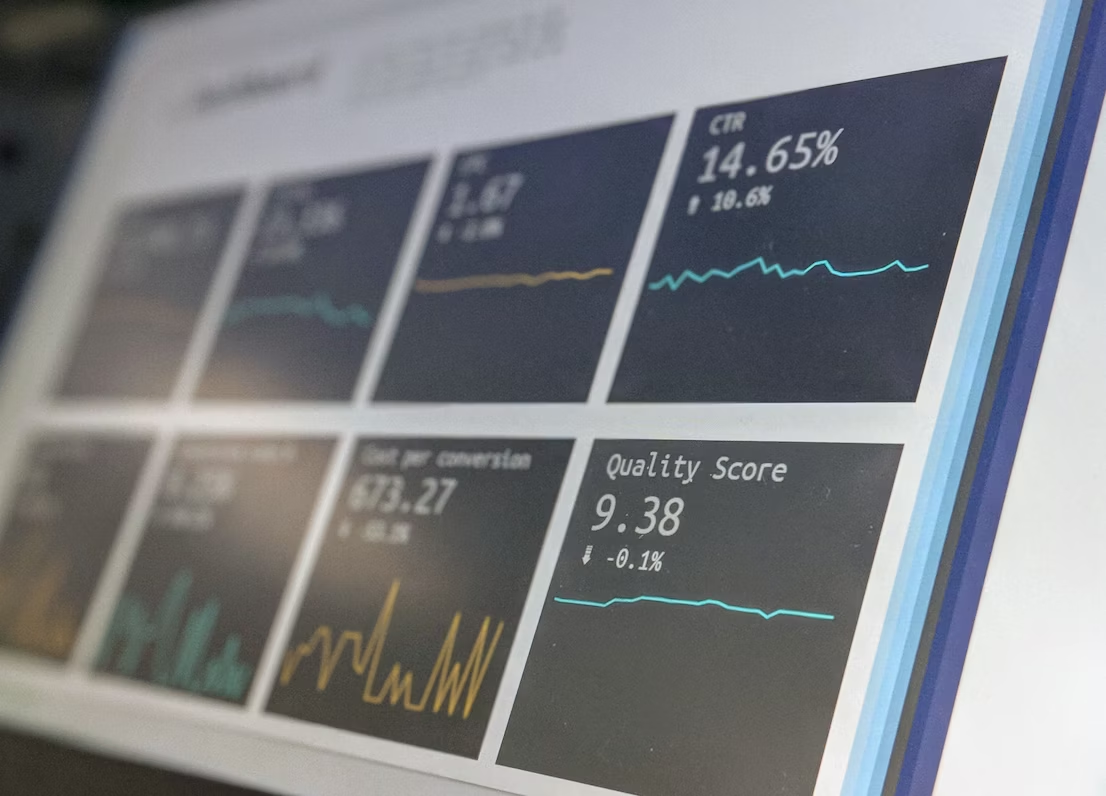Introduction
Theater stages can seem like intricate mazes to those unfamiliar with their layouts and configurations. However, most share common elements and terminology that make their navigation quite straightforward. This article explores the key areas of a stage and defines common directional terms used in theater productions. Whether you're an actor, director, crew member or simply a passionate fan, understanding stage layout is essential for following stage directions, blocking, and imagining the world that comes to life during a performance. Grab your script and let's peek behind the curtain at the anatomy of the theater stage.
Stage Left vs Stage Right
The terms "stage left" and "stage right" are used to define the position on a stage from the actor's perspective, facing the audience. This is an important distinction, as the "house left" (the left side of the theater from the audience's seat) is actually stage right. This can be confusing, but essentially:
- Stage Left is the left side of the stage from the actor's point of view. The left wing of the stage and set is called stage left.
- Stage Right is the right side of the stage from the actor's point of view. The right wing of the stage and set is called stage right.
Many actors and crew get confused with stage left vs house left and make mistakes on which side of the stage to exit. But remembering that stage left and right are defined from the performer's perspective, facing the audience, helps everyone orient themselves correctly. This convention applies regardless of the actual physical layout of the theater space or set. Establishing this shared vocabulary ensures everyone involved in a production understands where to be in relation to the stage. Some common reminders include "stage left is the hand you hold your script in" for actors, or riggers remembering set pieces are worked from stage left. Keeping left and right straight is crucial for entrance and exit choreography, blocking, lighting cues and all elements of a live performance. Getting in the habit of thinking from the actor's point of view eliminates a great deal of confusion surrounding stage direction.
Upstage and Downstage
The stage is divided into upstage and downstage areas.
- The upstage area is towards the rear or back of the stage, farthest from the audience.
- The downstage area is towards the front of the stage, closest to the audience.
When actors are positioned upstage, they appear farther away from the audience. When they move downstage, they appear closer. Upstage and downstage derive their names from the older tradition of raked theater stages that sloped downward towards the audience. Moving upstage meant moving physically higher on the raked platform, away from the audience, while downstage meant moving lower, closer to the audience.
Though modern stages are typically flat, the upstage and downstage terminology remains the convention. Upstage and downstage are useful terms for blocking, which refers to the precise movement and positioning of actors to help convey meaning, emotion, and relationships. For example, a director may position two feuding characters downstage on opposite sides to emphasize their conflict. Or a director may move a pair of romantic leads upstage to make a private, intimate moment. Upstage and downstage positions help create distance and proximity between characters and in relation to the audience.

Center Stage
The center of the stage, also known as center stage, is considered the optimal acting space and focus point of the stage. Because of its central position, any action that occurs in the center stage area is prominently highlighted and visible to the entire audience.
The center stage area often contains the most dramatic moments of a play or musical. Characters positioned in the center of the stage become the focal point and capture the audience's undivided attention. Playwrights and directors intentionally utilize the center stage area for climatic monologues, intimate exchanges, and pivotal scenes. Placing key actors and actions centrally helps emphasize and build dramatic intensity.
Center stage can also be used effectively for comic effect. Comedic scenes placed center stage make use of the spectators' unified perspective to time laughs and punchlines in a very focused way. Comedic entrances, exits, and bits crafted for the center stage space reach the entirety of the audience for maximum comedic impact.
Because of its prominence, anything happening center stage reads as meaningful and emotionally charged. The central position conveys symbolic weight and amplifies the significance of characters, dialogue, and actions. Center stage gives actors an opportunity to create memorable dramatic and comedic moments that will resonate with the audience. When used skillfully, the center of the stage provides optimal conditions for captivating theatrical storytelling.

Stage Wings
Stage wings are the areas off to the sides of the stage that are hidden from the audience by curtains or flats (set pieces). The wings serve two main purposes:
- Entrances and exits - Actors make their entrances and exits from the wings so the audience does not see them approach or leave the stage. The wings allow for smooth transitions as actors enter and exit the stage.
- Storage - The wings provide space to store set pieces, props, and costume items that are not in use on stage at the moment but will be needed later in the performance. Having items readily available in the wings makes scene changes faster and more efficient.
The wings are an essential functional and logistical component of stagecraft. With limited space in the backstage and fly areas, the wings maximize usable space around the stage. Their concealment from the audience helps maintain the illusion of the performance by hiding actor traffic and backstage work. The wings support the seamless flow of the show for both the audience and the performers.
Backstage Areas
The backstage areas of a theater contain the spaces that support the productions and allow the performers to prepare for the show. Here are some of the key spaces:
- Dressing Rooms - Each performer is assigned their own dressing room or they may share one with other cast members. This private space allows the actors to change costumes, apply makeup, run lines, do vocal warmups, and prepare mentally before the show. Dressing rooms are located very close to the stage for quick access.
- Green Room - The green room serves as a communal lounge area where all the performers can relax between scenes or acts. The room typically contains comfortable seating, refreshments, entertainment like TVs or games, and other amenities to make the actors feel at ease. The green room provides a social atmosphere where cast and crew can mingle.
- Quick Change Rooms - For productions with quick costume changes, small dedicated rooms located very near the stage allow performers to make rapid outfit and makeup switches. Costume assistants may be on hand to help actors change efficiently.
- Restrooms - Backstage bathrooms give performers and crew convenient facilities for their needs without having to run too far. They help keep the backstage organized.
- Maintenance Shop - The shop has tools and materials for set builders, lighting techs, and stagehands to make repairs and adjustments as needed. Handy staff can quickly fix loose props, broken set pieces, or malfunctioning stage equipment.
- Prop Room - All set decorations, props, and specialty items are stored neatly in this space when not needed on stage. The prop room is meticulously organized so that any object can be found and retrieved at a moment's notice.

Fly System
Let’s talk about the fly system, often called "the flies." It’s one of those behind-the-scenes elements that can truly make a show magical. Imagine a network of ropes, pulleys, and counterweights that allow stagehands to move set pieces, curtains, and lights up and down with ease. That’s the fly system for you.
- How It Works: Operated from a special area known as the fly gallery, trained stagehands—sometimes called "flymen"—use ropes to raise and lower various elements. The counterweights balance the load, making it much easier to maneuver heavy objects.
- Applications: The fly system does a lot! It’s used to change scenery, reveal or conceal special effects, and even assist with aerial stunts.
- Safety: Because heavy objects are involved and they’re often moved from high elevations, safety is super important. Only professionals who know what they’re doing should operate the system to avoid accidents.
Orchestra Pit
Next, let’s delve into the orchestra pit. If you’ve ever been to a musical or an opera, you might have noticed that the musicians seem to be playing from somewhere hidden. Well, that’s the orchestra pit—a recessed area between the stage and the audience where musicians and conductors do their thing.
- Design and Placement: The pit is often partially or completely hidden so the musicians don’t distract from what’s happening on stage. It’s equipped with special lighting and sound gear to help the musicians and conductors coordinate perfectly with the performers on stage.
- Acoustics: Good sound is key! The pit is designed with acoustic panels and microphones to balance the sound, ensuring that the music blends seamlessly with the actors’ voices and actions.
- Functionality: Especially in musicals and operas, the orchestra pit is crucial. The conductor, positioned in the pit, keeps everyone in sync, ensuring the music and the performance come together beautifully.

Control Booth
Finally, let's explore the control booth, also known as the technical booth. This is the command center of any theater production, where the magic of lighting, sound, and special effects comes to life.
- Location: The control booth is usually at the back of the house or up in a balcony, providing a clear view of the stage. It’s packed with control boards and equipment for managing all the technical aspects of the show.
- Lighting Control: The lighting board operator uses a console to control everything from spotlights to special effects lighting. This helps create the right mood for each scene.
- Sound Control: The soundboard operator handles microphones, speakers, and all the sound effects, balancing levels to ensure everything sounds just right.
- Coordination: Often, the stage manager works from the control booth, orchestrating all the technical elements and making sure every cue is hit exactly when it should be. This coordination is crucial for a seamless performance.

Summary
In this article, we’ve journeyed through the essential stage areas and directions that keep the magic of theater alive. Here’s a friendly recap:
- Stage Left vs Stage Right: These terms are from the actor’s perspective facing the audience, crucial for clear communication and orientation during a performance.
- Upstage and Downstage: These terms come from the days of sloped stages and help specify actor and prop positions relative to the audience.
- Center Stage: This is the heartbeat of any production, where the most dramatic moments capture the audience’s full attention.
- Stage Wings: The hidden side areas that enable smooth entrances and exits, and offer quick storage for props and set pieces.
- Backstage Areas: The behind-the-scenes havens like dressing rooms and green rooms where performers get ready and take breaks.
- Fly System: A nifty network of ropes and pulleys that allows for magical transitions of set pieces and special effects.
- Orchestra Pit: Nestled between the stage and the audience, this is where musicians bring the show’s score to life, adding depth and emotion.
By understanding these basic terms and spaces, you can better appreciate the intricate coordination that brings a theater production to life, ensuring a seamless and enchanting experience for all.









